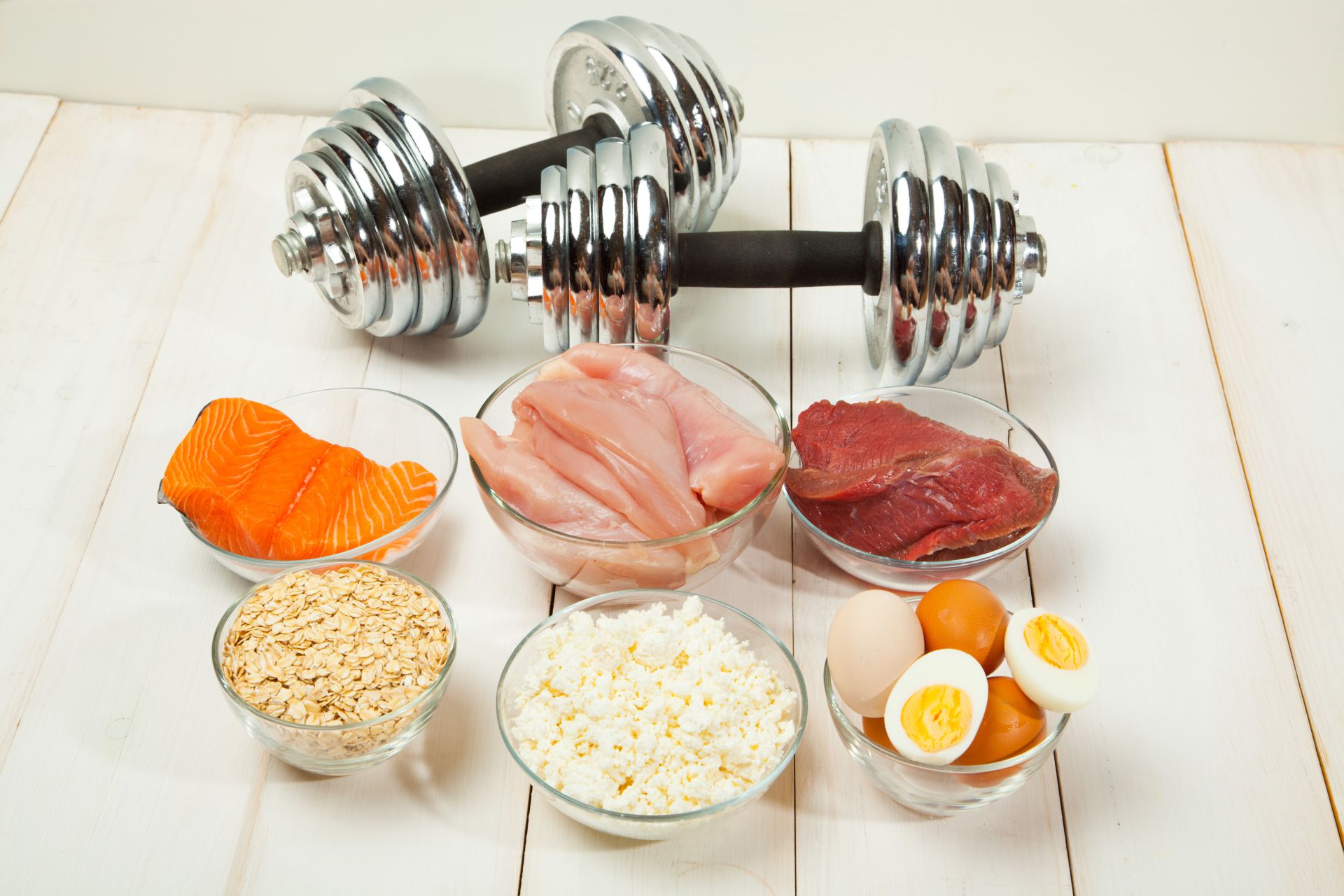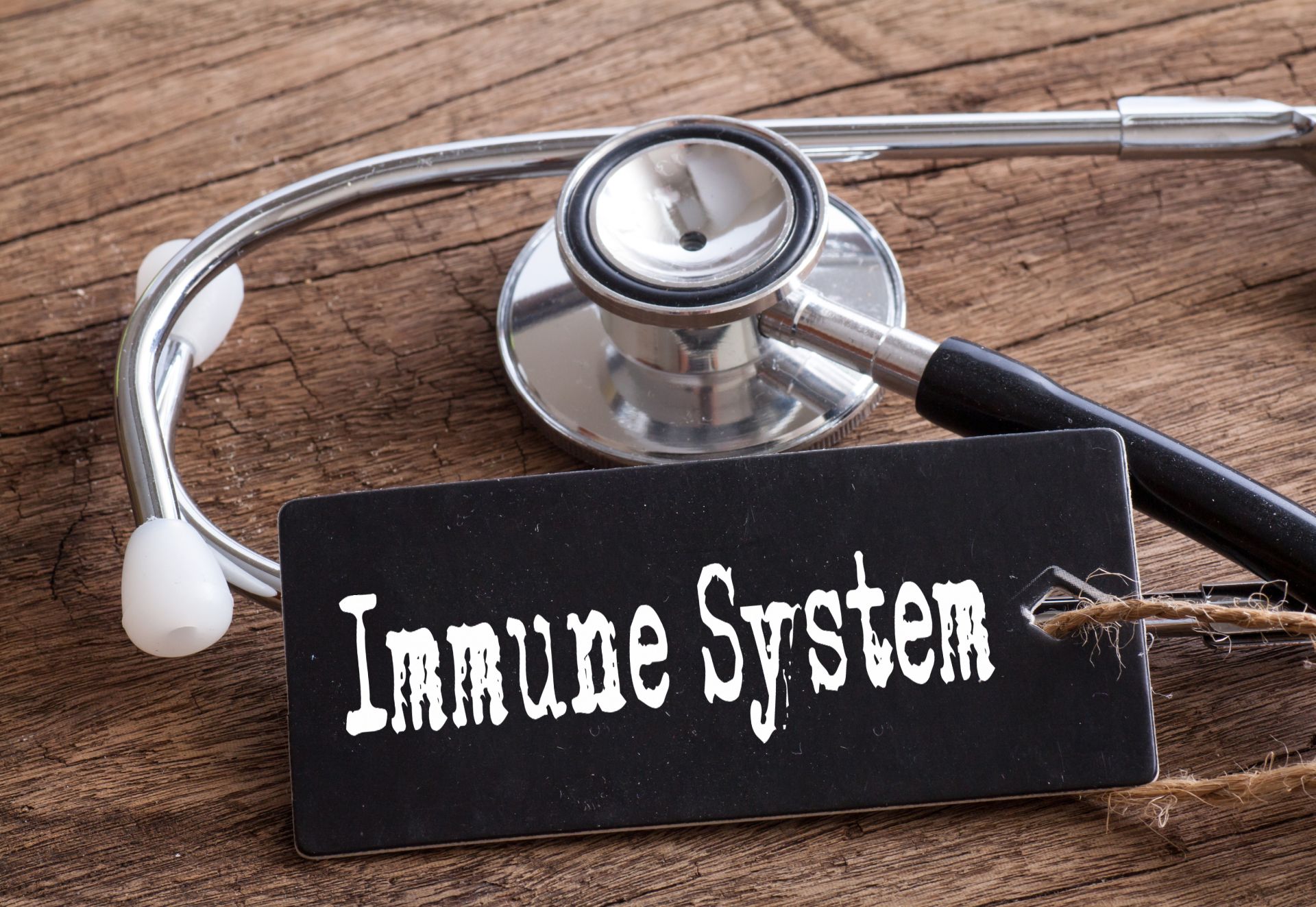
Most people who begin regular strength training dream of a fit and muscular physique. Slender people usually aim to build muscle mass, while overweight and obese people prioritize fat reduction. There is also a certain group of gym-goers who are familiar with the concept of body recomposition and set a goal of building muscle and burning fat at the same time. Let's find out if this is possible.
- What is body composition recomposition?
- Is building muscle and burning fat only possible in beginners?
- What calorie diet to choose when the main goal is figure recomposition?
- Distribution of macronutrients in the diet that promotes body shape recomposition
- What supplements help with body composition recomposition?
- Why is sleep so important in the process of body shape recomposition?
What is body composition recomposition?
Bodybuilding recomposition is a phenomenon during which there is an increase in muscle mass and a simultaneous reduction in body fat. It is speculated that body composition recomposition occurs mainly in beginners who are just starting regular training at the gym (so-called untrained people) and in overweight or obese people. People with a skinny fat body type, i.e. normal weight or slightly overweight, who have low muscle mass and, at the same time, a fairly high amount of body fat located mainly in the abdominal area, also fit here perfectly. It seems logical that newcomers have a better chance of recomposing their physiques, since short training experience and a completely new stimulus to the body in the form of strength training have a direct impact on the rate of muscle tissue growth. Beginner gym-goers have a greater potential to develop muscle mass in response to strength training than advanced individuals in terms of training seniority. The latter need to put in significantly more effort to achieve visible results in terms of muscle mass and strength gains. It is indicated that young men just starting out in the gym can count on a real muscle gain of about 1 kg per month when they follow a properly balanced diet and training plan and take care of sleep and rest. In contrast, strength-trained women should expect half the rate of muscle mass gain than men. It should be noted that the rate of muscle mass growth decreases with advancement in terms of training seniority at the gym, by nearly half in terms of each additional year. In addition to gender and training seniority, factors such as age, genetics, diet, physical activity, stress and sleep, relaxation and rest influence the size and rate of muscle mass gain.
Is building muscle and burning fat only possible in beginners?
It is commonly accepted to believe that people with long training experience at the gym cannot build muscle mass and burn fat at the same time, as such a process occurs only in complete novices under the influx of new stimuli in the form of regularly repeated strength training. It is worth noting that gains in strength and muscle mass are achieved through high neuromuscular activity, changes in muscle fiber types and hypertrophy (hypertrophy) of skeletal muscles. As the results of several long-term randomized clinical trials show, body composition recomposition is also possible in well-trained individuals, i.e. those who have been training at the gym for several years. However, it is a fact that body shape recomposition may not occur as effectively in everyone as it does in beginners. The best example of this is the athletes of silhouette sports who are intensively preparing to compete in competitions. It is well known that during the final phase of preparation for competition, figure athletes clearly limit the amount of calories supplied with the diet and at the same time increase energy expenditure to reach a very low percentage of body fat. Low energy availability has a detrimental effect on sleep, metabolism and hormonal balance, all of which have important implications for figure recomposition. The final phase of preparation for a figure competition places a very heavy burden on the body and definitely hinders beneficial changes in body composition. A similar situation can occur in people who are chronically burdened by high stress, as well as in those who often use starvation and/or follow very low-calorie diets.
What calorie diet to choose when the main goal is figure recomposition?
Regular strength training and adherence to a well-chosen diet have a significant impact not only on body composition, but also on physical performance and post-workout recovery. The appropriate caloric content of the diet is crucial for manipulating body composition. A caloric deficit diet is recommended for those wishing to lose weight, while a caloric surplus diet is recommended primarily for those who are concerned with building muscle mass. There is some indication that this approach does not necessarily have to be followed in every case, and alternative strategies can be used that also lead to beneficial improvements in body composition. It is worth noting that the results of some studies conducted to date have shown significant increases in lean body mass and reductions in body fat on both excess and caloric deficit diets. It is now increasingly being pointed out that there is no need for a diet with a very large energy surplus, i.e. more than 500 kcal, to effectively build muscle mass in people who regularly attend the gym. Body composition changes appear to be more complex and do not depend on energy balance alone. Current research suggests that different dietary strategies, such as high-protein diets and caloric deficit diets, can promote the occurrence of body composition recomposition. The occurrence of body composition recomposition in regular strength-training individuals who follow a caloric deficit diet indicates that the energy cost of muscle fiber hypertrophy can be achieved endogenously (within the body). Yet this is most likely to occur in overweight or obese individuals who have not previously attended a gym regularly for weight training. It has been suggested that having more body fat may favorably influence the magnitude of the body composition recomposition effect, as large fat stores can provide endogenous (internal) energy that supports the building of muscle mass. A normocaloric diet (consistent with the value of total metabolism) or a diet with a slight caloric surplus (e.g., 5-10% more than the value of CPM - total metabolism) is recommended to all people who care about body shape recomposition. This means that if the 24-hour energy requirement is 3500 kcal, you should oscillate around this caloric value of the diet and not exceed 3850 kcal. In addition, in the case of figure recomposition, it is not recommended to increase weight more than 0.25% per week. It is much more important to regularly measure circumferences and body composition than to measure weight on the scale alone.

Distribution of macronutrients in the diet that promotes body shape recomposition
There is no doubt that the proper distribution of macronutrients in the diet of a person interested in building muscle mass and burning fat is important for the effectiveness of the whole process. Protein intake in the diet of a person targeting body shape recomposition should be in the range of 2.6 to 3.5 grams per kg of lean body mass per day. In situations where lean body mass is unknown, the daily dietary protein supply should be between 1.6 and 2.2 g for each kg of total body weight, and it is best to take the upper end of this range. From a practical point of view, you should eat 4-6 meals per day every 2-4 hours, each of which should contain from 0.4 to 0.55 g of protein for each kg of total body weight, which is usually 30-45 g. According to the current state of knowledge, this is an adequate protein content in a single meal, which maximizes the process of muscle protein synthesis due to the fact that it provides an optimal amount of essential (essential) amino acids, and especially leucine at a level of at least 3 g. In addition, care should be taken to eat one meal with 30-45 g of protein in the 2-3 hour period before weight training, and another with the same amount of protein in the first two hours after the exercise session. The optimal daily intake of fats, on the other hand, should range from 0.5 to 1.5 g for each kg of total body weight, which is usually between 20 and 35% of the energy share of the diet. And carbohydrates should make up the remaining amount of calories in the diet of a strength trainer with a focus on body composition, and in any case no less than 3 g for each kg of total body weight per day.
What supplements help with body composition recomposition?
-
Creatine monohydrate, which should be used at a daily dose of 3 to 5 g per day for a minimum of 4 weeks. The use of a loading phase is not necessary, as muscle saturation with creatine is the same after 28 days of supplementation with creatine monohydrate at a low daily dose of 3 g.
-
Beta-alanine, which should be taken at a daily dose of 4 to 6 g per day for a minimum of 4 weeks. The only side effect associated with the use of beta-alanine is a harmless sensation of tingling and numbness in certain areas of the body, which can usually be effectively alleviated when the daily dose is divided into several smaller portions, such as 1.0-1.5 g every 4 hours. It is indicated that simultaneous intake of creatine and beta-alanine may have a greater effect on the development of strength, power and muscular endurance, as well as improving body composition, than using these substances separately.
-
Omega-3 fatty acids: EPA and DHA, the total daily intake of which should be 2-4 g. There is some reason to believe that EPA and DHA acids increase the sensitivity of muscle tissue to anabolic and anti-catabolic factors, so they can have a positive effect on body composition recomposition.
Why is sleep so important in the process of body shape recomposition?
Adequate quantity and quality of sleep affects not only mood, psychophysical performance, post-workout recovery, but also body composition. Long-term sleep deprivation adversely affects the hormonal activity of the hypothalamic-pituitary-adrenal axis (HPA axis), the negative consequence of which is an increase in blood levels of cortisol, glucose and insulin, and a decrease in testosterone, growth hormone and adiponectin, a fat tissue hormone with anti-inflammatory, anti-diabetic and anti-atherosclerotic properties. It is clear that hormonal imbalance is clearly not conducive to body shape recomposition. Sleep deficit also has a negative impact on the rate of synthesis of skeletal muscle myofibrillar proteins, the consequence of which can be loss of muscle mass and deterioration of the appearance of the silhouette. Not only that, prolonged sleep deprivation severely interferes with post-workout recovery and causes the onset of excessive muscle fatigue, which worsens athletic performance in exercises such as, for example, deadlifting, barbell bench press, and pushing out weight with legs on a crane. In addition, people who limit their sleep time for various reasons also have higher levels of ghrelin, a hunger hormone that stimulates appetite and increases food intake. Ghrelin has been shown to increase the risk of weight gain again in some people, especially body fat. All strength-trainers who care about body shape recomposition should therefore aim for 7-9 hours of sleep each day in a darkened room and optimal temperature, i.e. 18-20 degrees Celsius. In addition, in order to noticeably improve the quality and quantity of sleep, it is also recommended to reduce intense intellectual, emotional and physical activity and use dim light in the last two hours before going to bed.
Sources:
- Helms ER, Aragon AA, Fitschen PJ: Evidence-based recommendations for natural bodybuilding contest preparation: nutrition and supplementation. J Int Soc Sports Nutr. 2014 May 12;11:20.
- Aragon AA, Schoenfeld BJ, Wildman R, et al: International society of sports nutrition position stand: diets and body composition. J Int Soc Sports Nutr. 2017 Jun 14;14:16.
- Sabag A, Najafi A, Michael S, et al: The compatibility of concurrent high intensity interval training and resistance training for muscular strength and hypertrophy: a systematic review and meta-analysis. J Sports Sci. 2018 Nov;36(21):2472-2483.
- Iraki J, Fitschen P, Espinar S, et al: Nutrition Recommendations for Bodybuilders in the Off-Season: A Narrative Review. Sports (Basel). 2019 Jun 26;7(7):154.
- Slater GJ, Dieter BP, Marsh DJ, et al: Is an Energy Surplus Required to Maximize Skeletal Muscle Hypertrophy Associated With Resistance Training. Front Nutr. 2019 Aug 20;6:131.
- Roberts BM, Helms ER, Trexler ET, et al: Nutritional Recommendations for Physique Athletes. J Hum Kinet. 2020 Jan 31;71:79-108.
- Barakat C, Pearson J, Escalante G, et al: Body Recomposition: Can Trained Individuals Build Muscle and Lose Fat at the Same Time? Strength and Conditioning Journal: October 2020 - Volume 42 - Issue 5 - p 7-21.
- Ruiz-Castellano C, Espinar S, Contreras C, et al: Achieving an Optimal Fat Loss Phase in Resistance-Trained Athletes: A Narrative Review. Nutrients. 2021 Sep 18;13(9):3255.
 ⮜ Previous article
⮜ Previous article
How to improve immunity?
 Next article ⮞
Next article ⮞